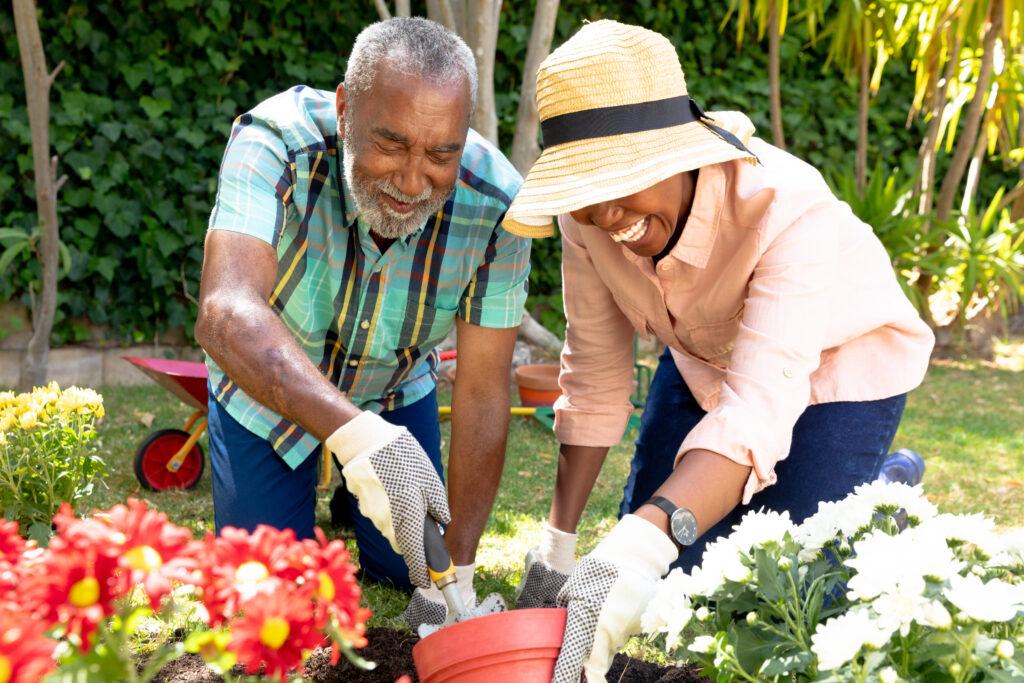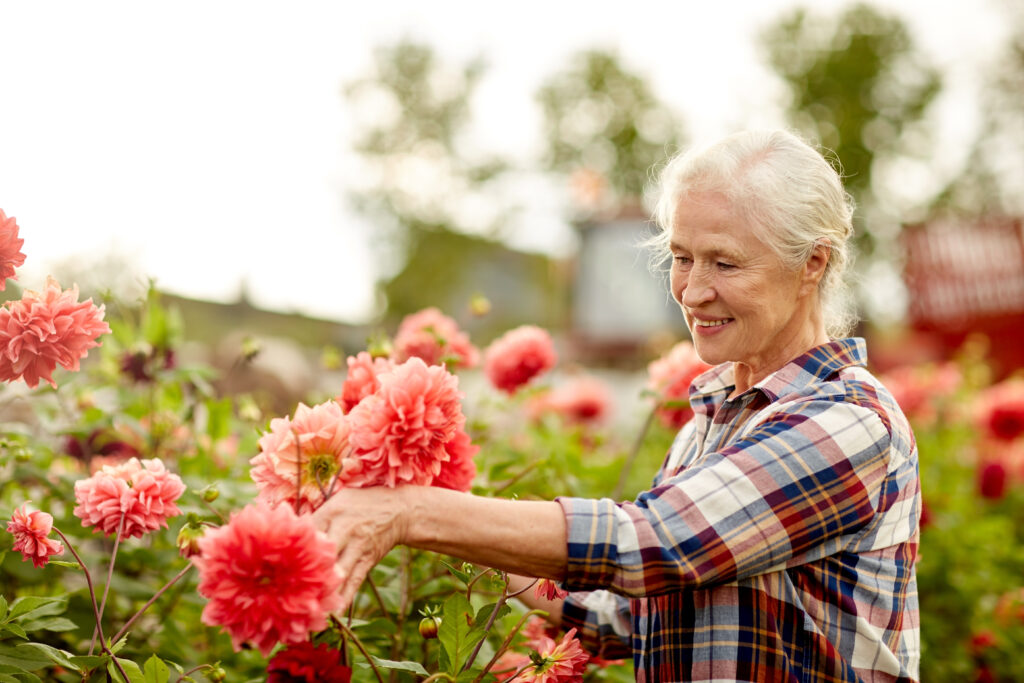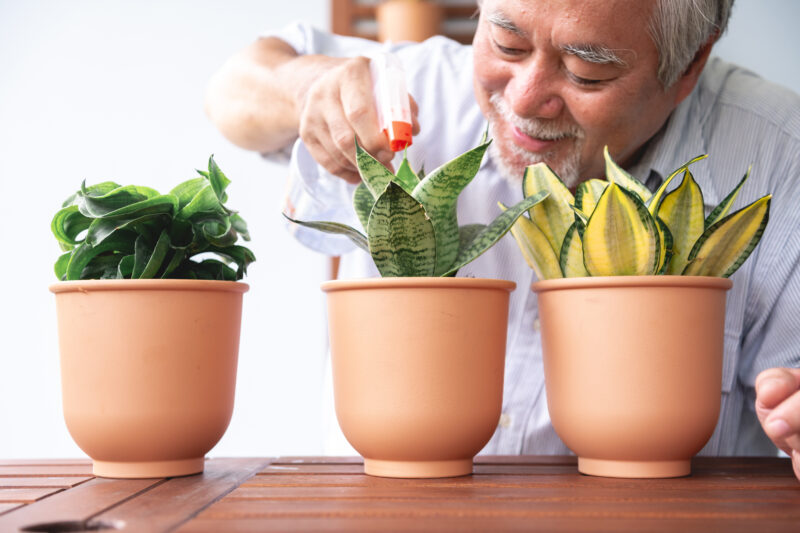We all witnessed some interesting “pandemic pickups-to-perk-up”—those hobbies and activities to ease the quarantine’s monotony and isolation. From sourdough starters and macrame to calligraphy, watercolors and ukuleles, people kept themselves occupied.
One of the most popular pandemic pastimes was gardening. For some enthusiasts, this was their first time gardening; for others, it was a return to a beloved pastime that had gotten lost in the busy shuffle of life.
Garden enthusiasts swamped the online seed catalogs, creating an unexpected spike in demand for seeds. For example, Missouri-based Baker Creek Seeds saw a five- to six-time increase in demand. The company had to bring in human help to stock the seed bags when its seed packaging machines couldn’t keep pace with demand.
Those without the luxury of an outdoor garden also partook in the plant hobby. In fact, the Instagram trend for ‘Indoor Garden’ grew 52% between 2019 and 2020.
It’s not surprising taking care of plants topped the charts in terms of pandemic hobbies. Scientists have long recognized the therapeutic effects of growing food, plants and flowers—otherwise known as horticultural or plant therapy. Nutrition and food policy expert Tim Lang explains:
“When we grow food and flowers, we are engaging with the natural world at a pace that provides a welcome antidote to the stresses of modern life.”
Such plant therapy can be a welcome antidote for your loved one, too. Gardening offers ongoing opportunities for mental, physical and social engagement for older adults in particular.

Peas and quiet: The therapeutic benefits of gardening on health and well-being
The act of caring for plants and flowers improves physical, emotional, social and spiritual well-being, offering several important benefits:
Improves physical strength and flexibility
Gardening is a holistic exercise solution. The act of taking care of plants incorporates aerobic exercise, strengthens muscles and improves flexibility. One study found that gardening alone can help older adults not only meet but surpass the CDC’s recommendation of at least 30 minutes of physical activity on a majority of days in a week.
Increases the quality of life in those with memory-related impairments
For seniors with memory-related impairments, research indicates regular time in a garden decreases agitation and improves mood. Time spent around plants also tends to reduce the need for those medications taken on an as-needed basis.
Improves mental health
Gardening and caring for plants can serve as a malleable coping strategy for stressful life experiences. Its wide spectrum of physical and mental demands allows the gardener to adjust the hobby to their fluctuating needs—ensuring this beneficial hobby “meets” the gardener where they are on that particular day. One study showed that older adults who gardened for exercise felt less stressed than those who engaged in indoor exercise and walking.
Enhances social health and well-being
Research indicates that collaborative gardening can increase self-esteem and self-confidence, while also keeping cognitive, literacy and numerical skills fresh. Gardening also increases overall well-being and helps develop a sense of independence in the senior.

Your good seed for the day: How to make gardening accessible to your loved one
If you want to help your loved one explore the benefits of gardening, keep in mind some accessibility and safety tips to adjust the hobby for the senior’s ability:
Ensure hanging baskets are accessible – Hanging baskets can be difficult to reach, and ladders are dangerous for older adults due to challenges with balance. To solve this dilemma, simply rig the hanging baskets onto pulley systems to allow your senior gardener to lower the basket to an accessible, ergonomic and safe level where they can work with ease.
Install easy-open gates and faucets – Arthritis can make turning faucets and opening gates painful and difficult for seniors. To remove this barrier, replace traditional knobs with levers on gates and faucets, making them more accessible.
Invest in ergonomic tools – Ergonomic gardening tools will make the act of caring for plants more comfortable for your loved one. Pruners with foam, gel or easy-grip handles are gentler on arthritic joints and help prevent hand fatigue. When searching for the right pruners, select a grip that matches the size of your loved one’s hand, and make sure the pruners have a locking mechanism to keep the blades closed when not in use. (It’s best if the lock is nearer to the blades than the grip. This prevents accidental engagement of the safety lock.)
Also, weeder tools are exceptionally useful to loosen stubborn roots. However, different weeder tools are appropriate for various conditions, so do your research before heading to the hardware store. For example, the bi-directional blades on the Hula Hoe often eliminate the need to lift the hoe.
Plant in raised beds, large pots and planters – Not only are raised beds optimal for outdoor gardens, they’re also easier for seniors to navigate. Large pots and planters also make great substitutes for ground-level planting. Most plants and flowers will grow just as beautifully in a large pot or planter as they would in the ground itself.
Build drip irrigation systems – Keeping plants and gardens watered is a hefty task at any age. Consider installing a drip irrigation system in the garden and even the flower pots to relieve your loved one of this difficult task.
Eat, drink and be rosemary
Gardening or caring for plants and flowers is a joy at any age, but it’s particularly rewarding to seniors, as it provides them with a routine, a sense of purpose, and a chance for social engagement. If your loved one is new to gardening or plant-keeping, our advice is to start simple and grow from there. The sky’s the limit.

